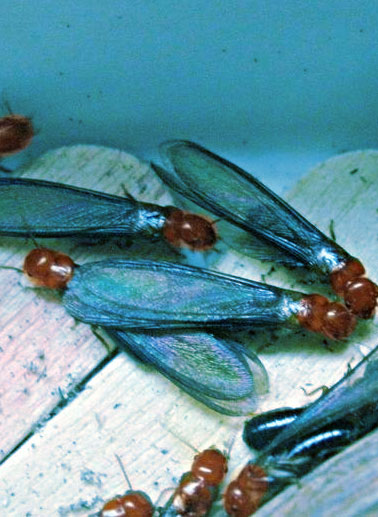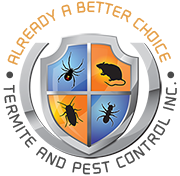Termites are constantly looking for their next food source and can inflict serious structural damage to a home without leaving signs which are immediately obvious. Because the warning signs can be subtle, it takes a trained termite inspector to recognize and identify the problem. Depending on the type of termite or wood destroying pest that we identify, our inspectors will provide a customized solution to protect and preserve your home.
Among all the pests that can cause damage to your home, termites rank the highest. Don’t wait until you notice signs of activity before you schedule an inspection. A routine termite inspection can save you thousands!






